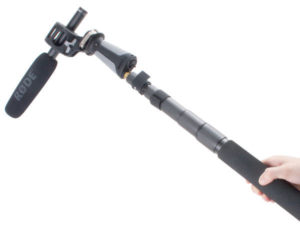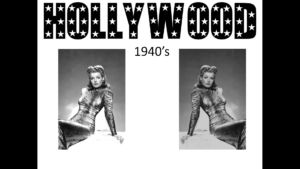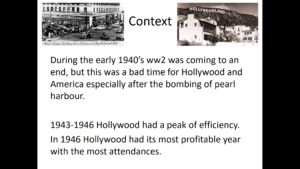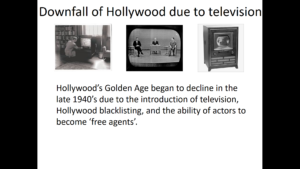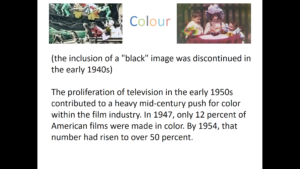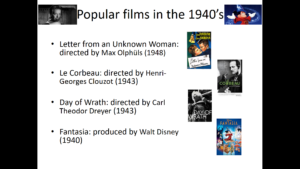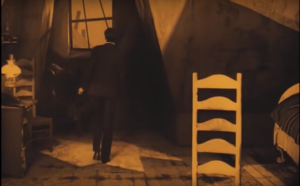Use of Soviet Montage in Strike
 ‘Strike’ is Sergi Eisenstein’s first full-length film, released in 1925. ‘Strike’ is a silent film about the workers at a factor, who are mistreated, and go on a strike until their demands are met. Eisenstein was one of the first students of the USSRs first film schools, known as the Moscow film academy. At this academy, they couldn’t film their own stuff just yet, because the USSR were low on recourses at the time. Instead, they got old films and cut them up in order to practice editing. That is why Eisenstein made some of them best editing work of his time.
Russian montage uses quick cuts to show off a lot in a short amount of time. One use of this, is in the first scene, in which we’re shown the factory workers working. We’re shown short clips, no longer then a couple seconds, of the workers faces. This is a use of montage, it gives the audience the feeling that the film is going faster than it really is. Here, he is using Metric editing in order to give the film its tempo.
‘Strike’ is Sergi Eisenstein’s first full-length film, released in 1925. ‘Strike’ is a silent film about the workers at a factor, who are mistreated, and go on a strike until their demands are met. Eisenstein was one of the first students of the USSRs first film schools, known as the Moscow film academy. At this academy, they couldn’t film their own stuff just yet, because the USSR were low on recourses at the time. Instead, they got old films and cut them up in order to practice editing. That is why Eisenstein made some of them best editing work of his time.
Russian montage uses quick cuts to show off a lot in a short amount of time. One use of this, is in the first scene, in which we’re shown the factory workers working. We’re shown short clips, no longer then a couple seconds, of the workers faces. This is a use of montage, it gives the audience the feeling that the film is going faster than it really is. Here, he is using Metric editing in order to give the film its tempo.
 As well as that, Eisenstein uses Montage in order to show multiple events that are occurring at the same time. For instance, when the workers are revolting against the factory, the shots we are shown keep switching between two of the workers having a fight with one of the owners, while we are also shown all the workers running out of the factory and becoming free. At some point in the film, he uses another method of editing called “Over-Tonal Editing”, which combines three methods of editing. This includes, Metric editing, Rhythmic editing, and a third one I haven’t talked about yet, called Tonal editing, which focus on the lighting in the shot. However, my next example is a perfect use of this anyway. In the intro scene, the series of shots we are shown consist of workers doing their jobs at the factor, to a couple workers plotting against the capitalists (shown above).
As well as that, Eisenstein uses Montage in order to show multiple events that are occurring at the same time. For instance, when the workers are revolting against the factory, the shots we are shown keep switching between two of the workers having a fight with one of the owners, while we are also shown all the workers running out of the factory and becoming free. At some point in the film, he uses another method of editing called “Over-Tonal Editing”, which combines three methods of editing. This includes, Metric editing, Rhythmic editing, and a third one I haven’t talked about yet, called Tonal editing, which focus on the lighting in the shot. However, my next example is a perfect use of this anyway. In the intro scene, the series of shots we are shown consist of workers doing their jobs at the factor, to a couple workers plotting against the capitalists (shown above).

